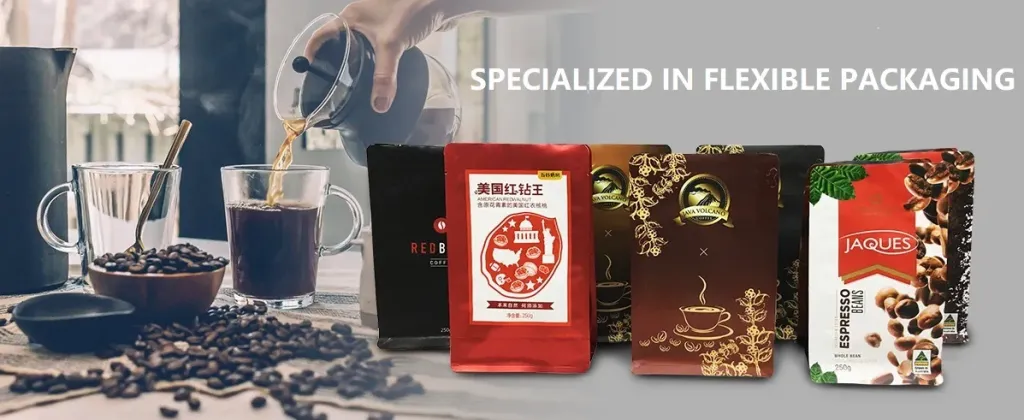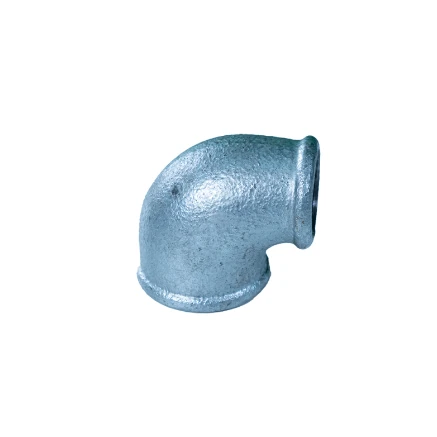Ferritic malleable cast iron, a niche yet significant category of cast iron, stands out due to its unique microstructure and mechanical properties. Unlike its counterparts in the cast iron family, ferritic malleable cast iron is specifically engineered for applications where toughness and machinability are prerequisites. This specialized metal alloy is derived through a controlled annealing process that imparts superior ductility and impact resistance while maintaining a lower cost compared to other alloys.

In the foundry industry, ferritic malleable cast iron's genesis is fascinating. The process begins with white iron, which is subjected to an extended heat treatment typically involving holding the iron at a temperature around 900-950°C. This annealing converts the carbon content into temper carbon nodules instead of flakes, thus transforming the brittle white iron into a malleable form. The outcome is ferritic malleable cast iron, known for its consistency in mechanical performance and ease of machining.
From an engineering perspective, the ferritic matrix in this cast iron type provides a seamless blend of strength and flexibility. The structure allows for excellent machinability, making it ideal for components that require precision shaping and alterations, such as brackets, levers, and various complex geometry parts. In industries such as automotive and heavy machinery, where mechanical stress is a constant, ferritic malleable cast iron components excel in delivering both reliability and longevity.

Experts within the metallurgical field acknowledge that the durability and mechanical strength of ferritic malleable cast iron make it an appropriate choice for high-impact applications. Moreover, its superior vibration damping properties mean it is often used in environments subjected to dynamic stresses. This alloy is favored in automotive suspension systems, railroad hardware, and other structural applications because it can withstand significant stress without deformation.
ferritic malleable cast iron
The advantages of ferritic malleable cast iron are further exemplified through its corrosion resistance, which is critical in prolonging the life of components exposed to the elements. While it does not rival the corrosion resistance of stainless steel, its performance is commendable, especially in controlled environments. Regular maintenance and appropriate coatings can enhance its resistance to corrosion, making it a cost-effective solution over the long term.
In terms of sustainability, ferritic malleable cast iron supports eco-friendly practices. Its recyclability means that components can be repurposed or recycled, reducing waste and promoting sustainable industrial practices. Casting and annealing processes are increasingly optimized through modern foundry technologies, making energy efficiency and reduction of carbon footprint achievable goals.
When designing industrial applications with ferritic malleable cast iron, engineers must consider specific allowances for machinability, thermal expansion, and mechanical stress factors. Collaborating with experts in metallurgical consulting can ensure that projects using ferritic malleable cast iron achieve optimal performance.
Given its blend of mechanical properties, cost-effectiveness, and ease of production, ferritic malleable cast iron continues to hold a specialized yet crucial position in modern manufacturing. It provides a competitive edge in product design, enabling the production of durable and efficient components across various industrial sectors. For enterprises seeking to leverage the benefits of this remarkable material, staying informed about advancements in its processing technologies and applications is essential. Through innovative utilization of ferritic malleable cast iron, industries can achieve superior product offerings that align with both performance requirements and economic constraints.
Post time:
Feb-15-2025











